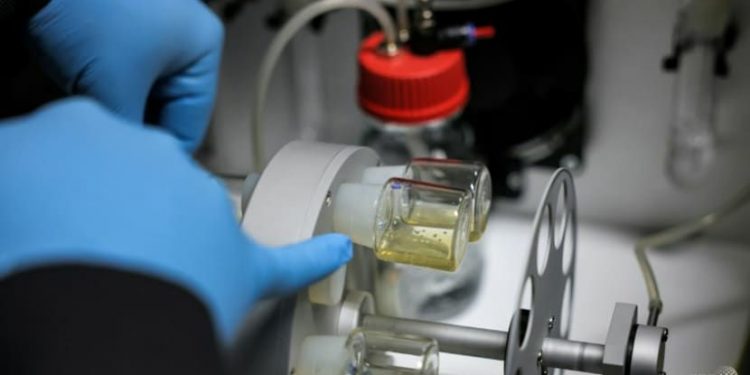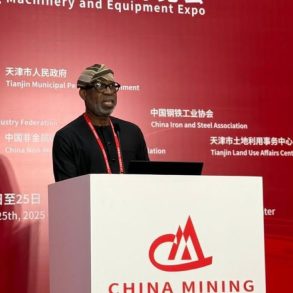Lab-grown models of human embryos have raised concerns about the need for stricter regulation in the rapidly advancing field.
Various scientific laboratories worldwide have recently published preliminary studies describing their research.
However, experts caution that these findings have not yet undergone peer review.
Using different techniques, these labs have successfully encouraged human embryonic stem cells to self-assemble into embryo-like structures without the need for fertilization or the involvement of sperm and eggs.
The purpose of these models is to provide scientists with a new tool for studying human embryos, enabling them to gain insights into birth defects, genetic disorders, infertility, and other pregnancy-related issues that were previously difficult to investigate due to ethical considerations.
The first announcement came from Magdalena Zernicka-Goetz of Cambridge University and the California Institute of Technology, who presented her team’s work at the International Society for Stem Cell Research’s annual meeting in Boston.
The Guardian newspaper initially reported on her presentation.
Subsequently, Jacob Hanna’s team at the Weizmann Institute of Science in Israel published their own pre-print study on stem cell-based human embryo models.
Zernicka-Goetz’s team then released more detailed information about their work in another pre-print publication.
Following this, other labs based in China and the United States also published pre-prints towards the end of last week.
It is worth noting the intense competition within the field of research in this area.
Responding to media reports referring to these cell clusters as “synthetic embryos,” researchers argued that such a label is inaccurate.
They clarify that the structures are not strictly synthetic, as they are derived from stem cells, and they should not be considered embryos.
The influx of data has underscored the highly competitive nature of this research field.
Last year, within a few weeks of each other, both the Zernicka-Goetz and Hanna teams published papers on their successful creation of embryo-like structures using mouse stem cells.
Both teams claim that their recent studies have been accepted by prestigious peer-reviewed journals and assert that they presented their work at conferences, months before it received media attention.
Hanna refuted the notion of one team being “first,” explaining that they achieved distinct accomplishments.
He highlighted the presence of features like the placenta, yolk sac, amniotic cavity, and other characteristics that he believed the Zernicka-Goetz structures lack.
Some researchers agree that Hanna’s models are more advanced, commending his team for using chemical modifications, rather than genetic modifications to induce the cells’ transformation into embryo-like structures.
Jesse Veenvliet, a researcher at Germany’s Max Planck Institute of Molecular Cell Biology and Genetics, remarks that Hanna’s model displays remarkable similarity to a natural embryo.
While awaiting the peer review process, Darius Widera, an expert in stem cell biology at the University of Reading, advises caution before making direct comparisons between the research findings.
Nevertheless, he acknowledges the tremendous impact of both studies.
Widera suggests that new guidelines will be necessary, but warns against excessive hype, given that the technology is still in its early stages.
Both research teams stated that they have grown their embryo models for a maximum of 14 days, which is the legal limit for culturing human embryos in many countries.
After this period, embryos begin to organize cells to form organs, including the brain, and this stage, known as the “black box,” remains largely unknown.
Regulations pertaining to research in this area vary between countries, mostly focusing on fertilized embryos, which creates a regulatory loophole that these embryo-like models exploit.
Cambridge University has initiated a project to develop the first governance framework for stem cell-based human embryo models in the UK.
The scientists involved emphasized that their intention is not to implant these models into a human womb.






